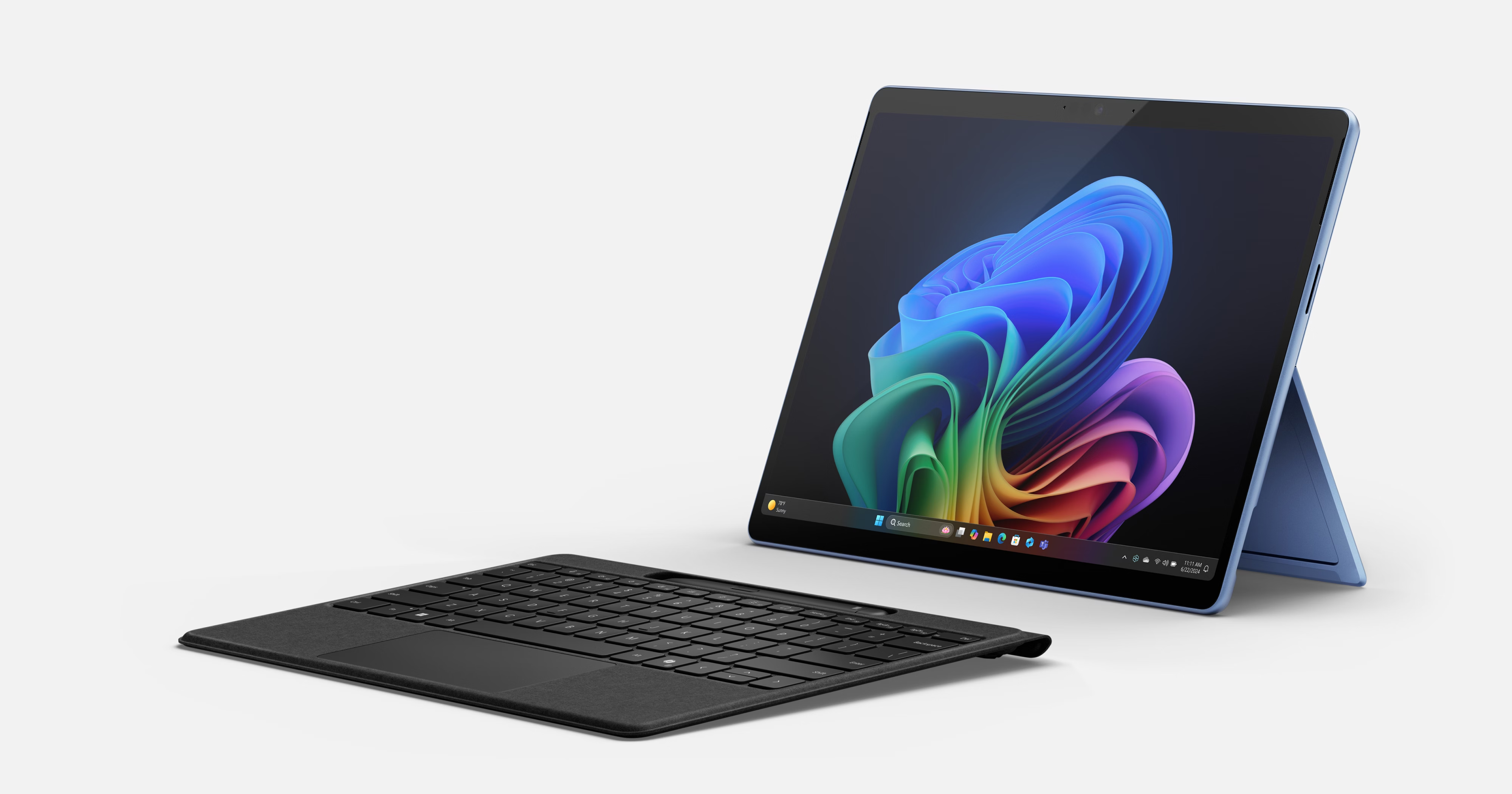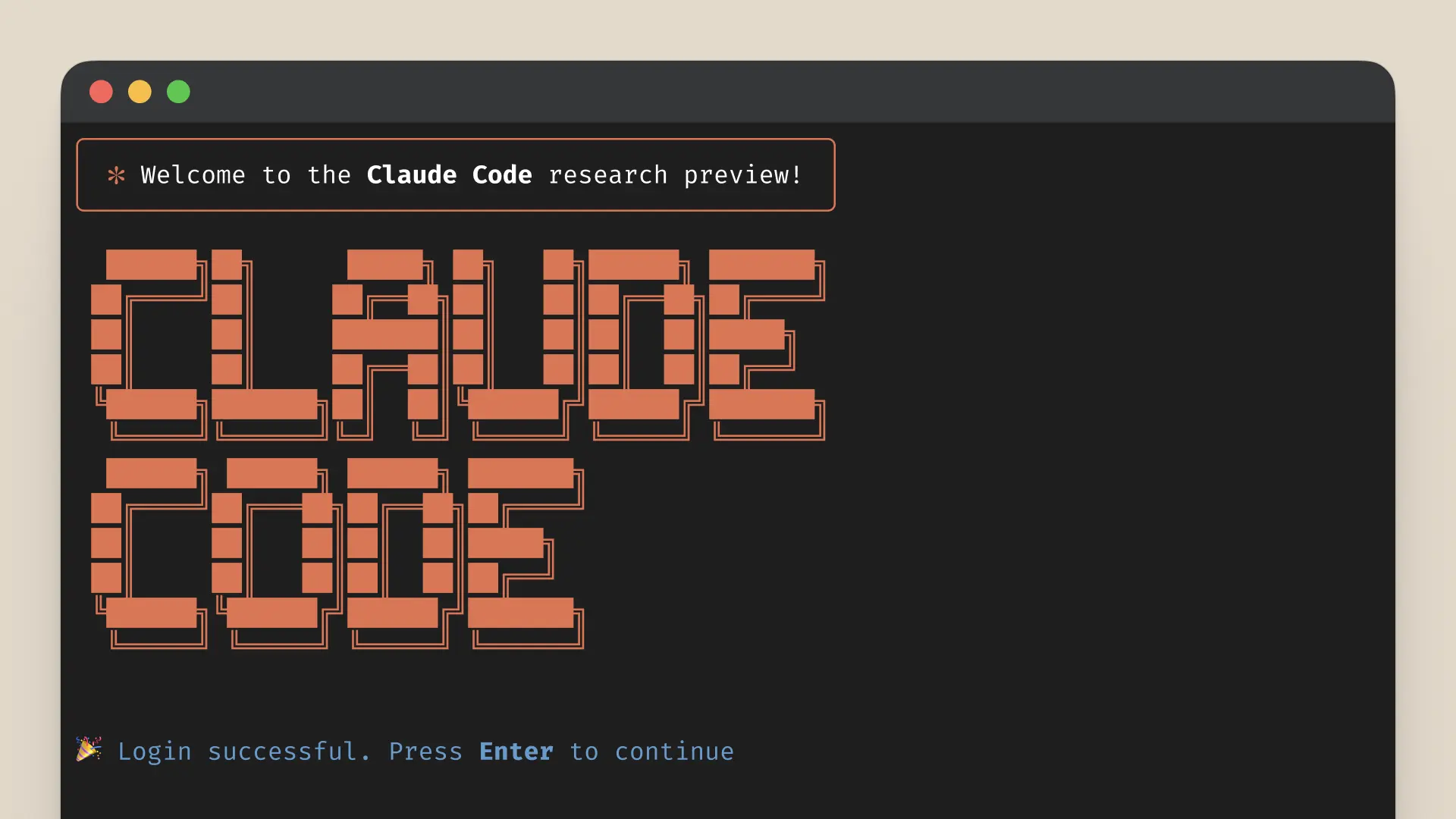
Running Local LLMs on Microsoft Surface Pro 11: NPU Acceleration with DeepSeek Models
Introduction The computing industry is witnessing a paradigm shift with the integration of dedicated AI accelerators in consumer devices. Microsoft’s Copilot+ PCs, including the Surface Pro 11, represent a strategic investment in on-device AI processing capabilities. The ability to run sophisticated Large Language Models (LLMs) locally, without constant cloud connectivity, offers compelling advantages in terms of privacy, latency, and offline functionality. This report investigates the practical aspects of developing and deploying local LLMs on the Surface Pro 11 SD X Elite with 32GB RAM, focusing specifically on leveraging the Neural Processing Unit (NPU) acceleration through ONNX runtime and the implementation of the DeepSeek R1 7B and 14B distilled models. By examining the developer experience, performance characteristics, and comparing with Apple’s M4 silicon, we aim to provide a comprehensive understanding of the current state and future potential of on-device AI processing. ...

